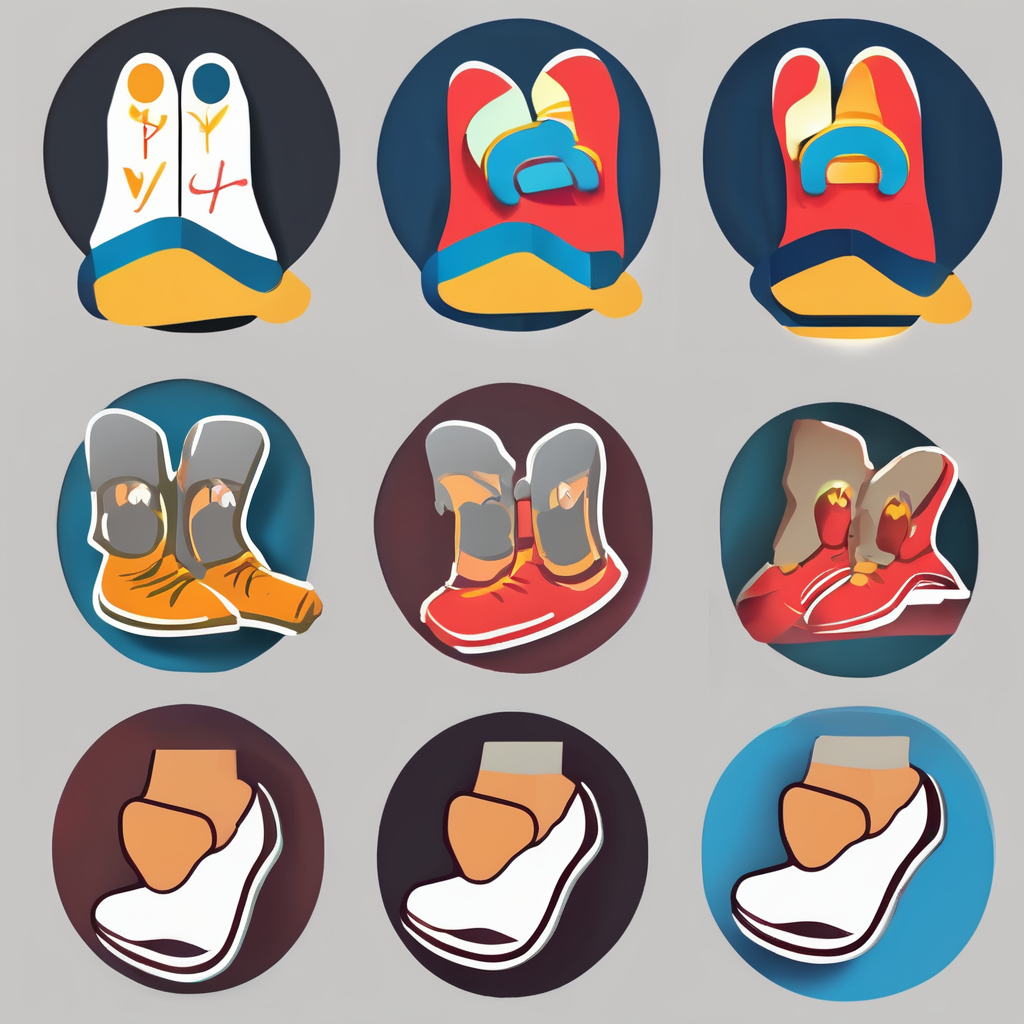Key sports technologies used by UK athletes
UK athletes increasingly rely on sports technology to enhance their training and competition performance. Central to these advancements are wearables, which provide real-time data on biometrics such as heart rate, movement patterns, and exertion levels. These devices enable precise performance tracking, allowing athletes and coaches to make informed adjustments tailored to individual needs.
GPS trackers are widely used by UK athletes to monitor spatial metrics, including speed, distance covered, and positioning during training sessions and competitions. This spatial awareness facilitates improvements in tactical execution and conditioning strategies.
Also read : How is women’s participation in UK sports evolving?
Alongside hardware, sophisticated performance analysis tools process data collected from wearables and GPS devices. These tools generate insights on strengths, weaknesses, and recovery status. As a result, UK athletes integrate these technologies seamlessly into their routines, optimizing workload management and injury prevention. This adoption trend reflects a commitment to data-driven training that enhances athletic outcomes across various sports disciplines.
Enhancing training and performance with technology
Optimising athlete development through innovative tools.
Topic to read : What role do grassroots initiatives play in UK sports development?
Training optimisation has transformed dramatically with the advent of data analytics, enabling personalised training plans that adjust in real time. By gathering and processing detailed information about an athlete’s physiological responses, workload, and recovery, coaches can tailor sessions that maximise effectiveness while minimising injury risk. This approach accelerates performance improvement by focusing efforts where they yield the highest return.
Cutting-edge motion capture and biomechanics tools complement this by providing precise insights into movement patterns. These technologies reveal subtle inefficiencies or technique flaws that may be invisible to the naked eye. When incorporated into training regimens, athletes can refine their skills with scientific precision, improving form and preventing strain.
For example, elite sports programs utilising these technologies report significant gains in competition results — including faster times, increased strength, and enhanced endurance. These measurable outcomes validate the value of combining training optimisation with advanced analytics and biomechanical assessment, demonstrating the tangible benefits of technology-driven performance enhancement.
Improving injury prevention and recovery
Injury prevention and recovery are critical focuses within sports science today. The use of advanced monitoring technology plays a pivotal role in identifying injury risk before problems escalate. Devices such as wearable sensors and GPS trackers collect precise data on player movement, load, and fatigue levels. This data allows medical and coaching staff to spot early warning signs, such as unusual load patterns or decreased performance metrics, enabling proactive interventions.
Modern technologies also support rehabilitation and structured return-to-play protocols. Biomechanical analysis tools, combined with continuous monitoring, help tailor recovery programs by tracking progress objectively. For example, muscle activation sensors and motion capture systems provide detailed feedback on healing tissue functionality, guiding therapists to optimize treatment plans and reduce the risk of re-injury.
Several UK sports teams have integrated these tools successfully, demonstrating measurable reductions in injury rates and faster recovery times. Their adoption of cutting-edge technology exemplifies how injury prevention can be enhanced through a combination of continuous monitoring, data-driven decision making, and individualized recovery protocols. The synergy between sports science and monitoring technology thus fosters athlete safety and performance longevity.
Success stories: UK athletes and teams benefiting from sports technology
In recent years, sports technology has transformed the way UK athletes train and compete. Numerous high-profile individuals and teams have experienced tangible improvements, showcasing the profound impact of innovative tools. For example, athlete case studies reveal that those who integrated wearable sensors and biomechanical analysis into their routines achieved faster recovery times and enhanced performance metrics.
Before adopting advanced technologies, many UK athletes faced limitations in monitoring training loads and injury risks. Post-adoption, comparative results demonstrate marked improvements, such as increased speed, endurance, and precision. Coaches often highlight the role of real-time data in adjusting training plans, enabling more targeted efforts and minimizing overtraining.
Moreover, sports scientists working alongside these athletes stress that the combination of technology and expert analysis drives sustainable progress. This synergy allows for better understanding of physiological responses and adaptation trends. The overall success stories underscore the indispensable nature of sports technology in forging the next generation of UK athletic excellence.

